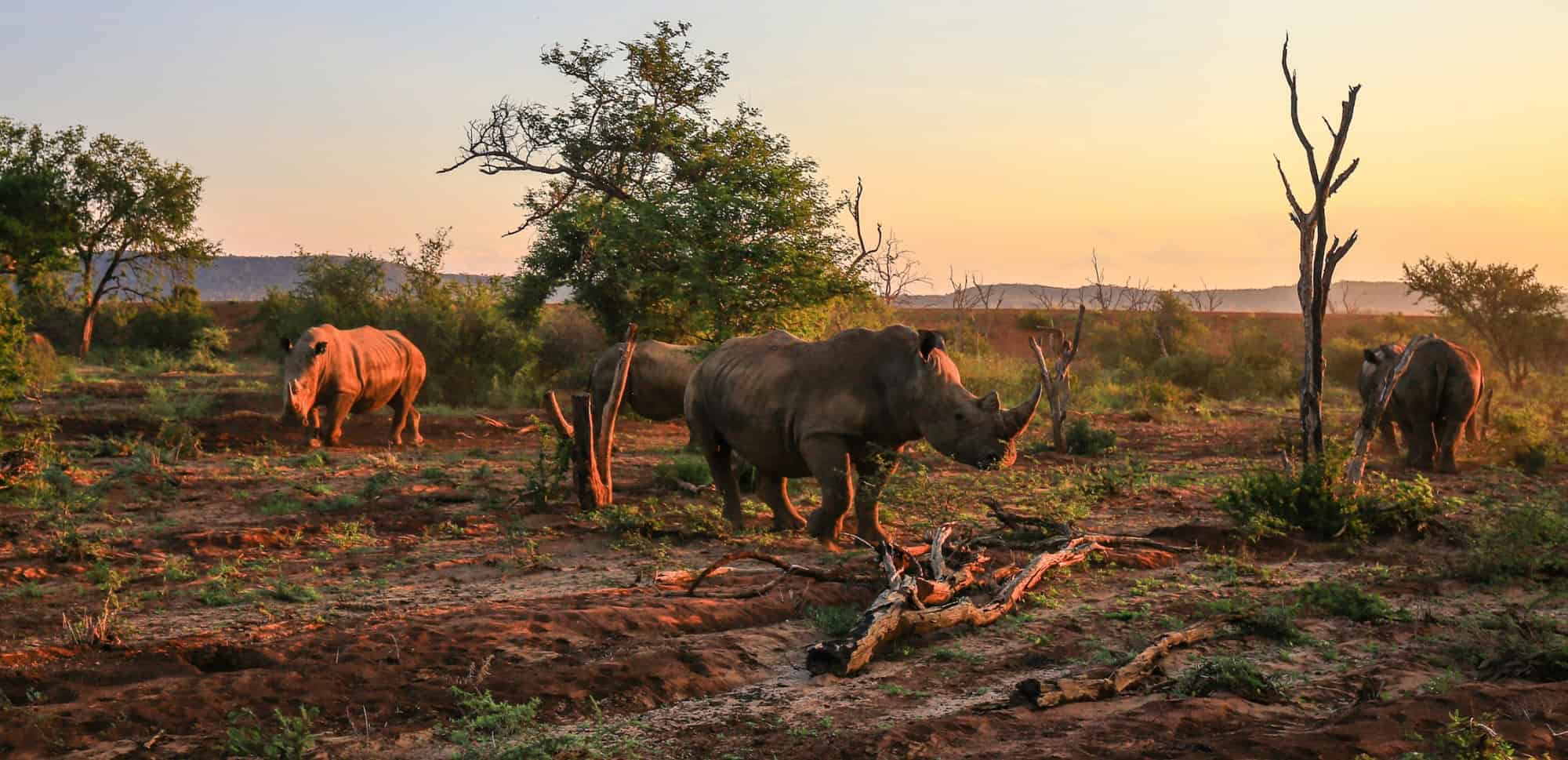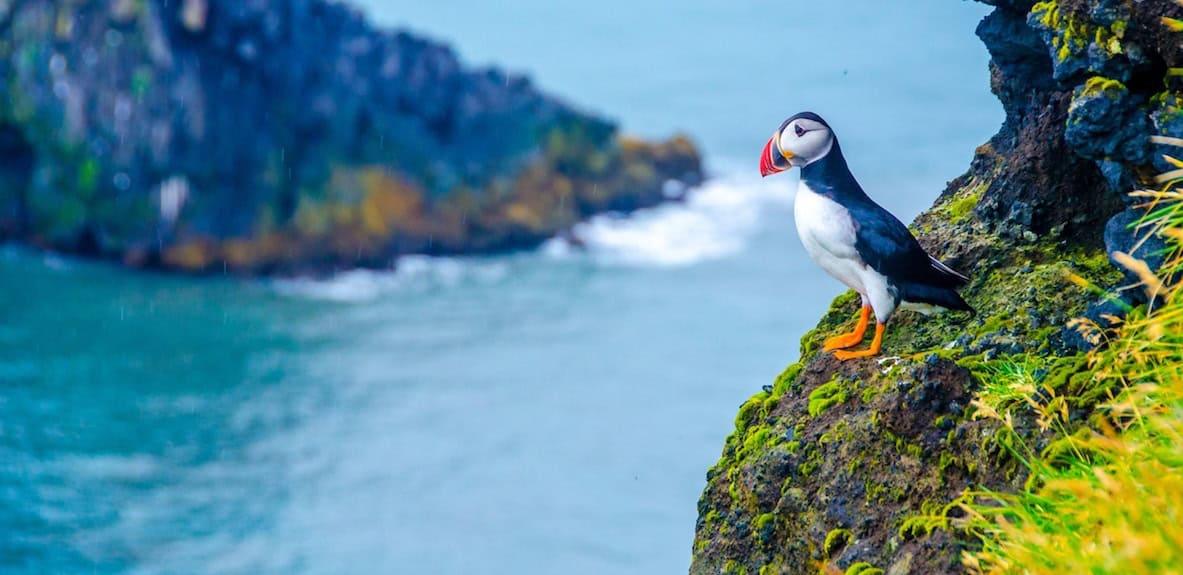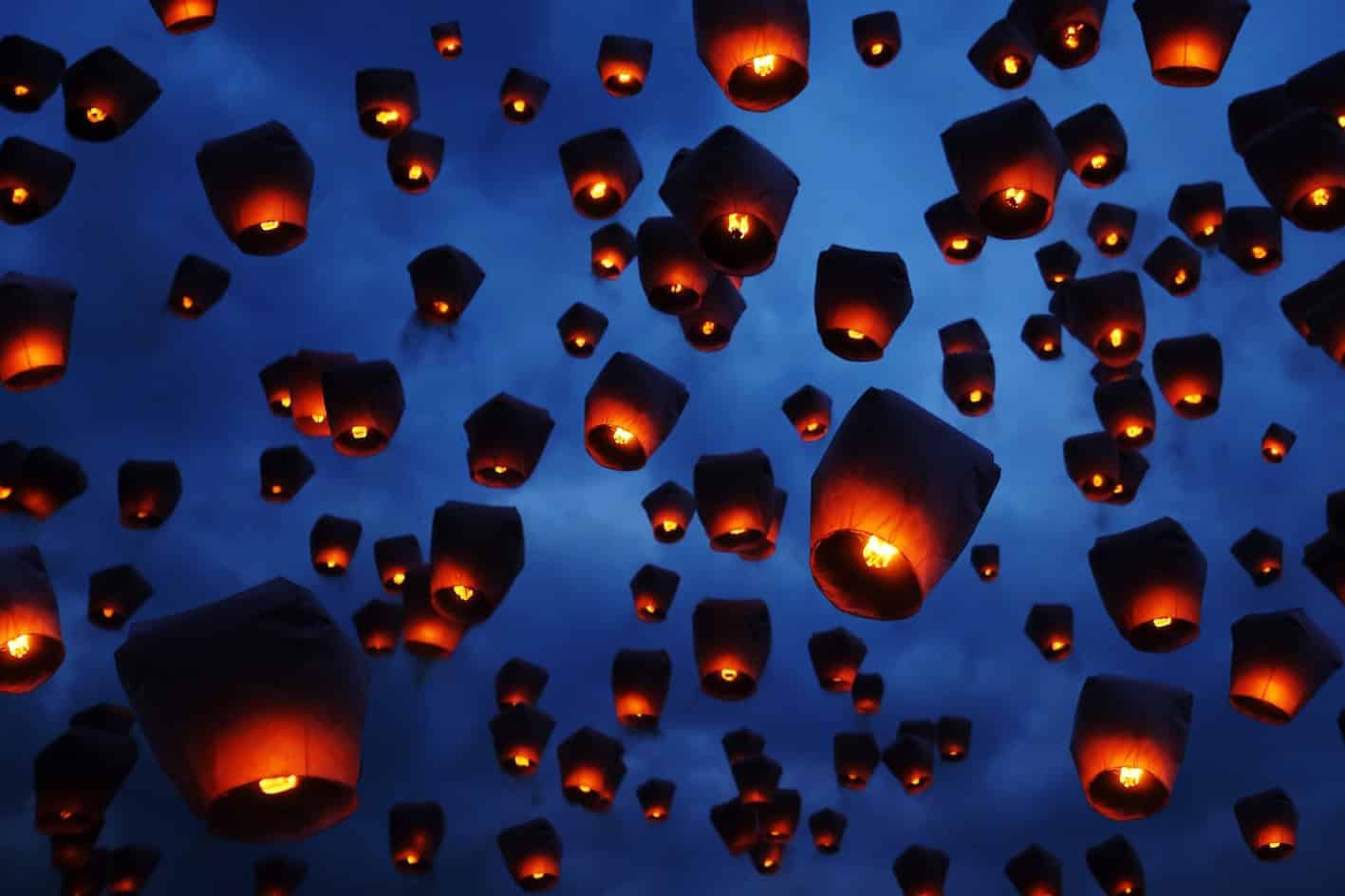Seeing a wild creature in its natural habitat can be an electrifying experience. Our partners at Wanderlust travel magazine have picked five of the most exhilarating wildlife encounters

1 Watch brown bears fish in the USA
Some 200,000 brown bears live across North America, Europe and Central Asia. American brown bears (popularly known as grizzlies) descend on Alaska’s rivers in late summer for one last big feed on salmon before hibernation. Here they jostle for the best fishing positions, trying (and often failing) to catch their slippery prey. Head to one of the national parks’ secure viewing platforms or hides to look out over mountains of brown fur.
In the US, Alaska;s Katmai National Part is justly famous for its ursine encounters; there are three bear-viewing platforms within a couple of kilometres’ walk of its fly-in camp (June-September). Spy bears fumbling with their prey during the salmon run (July). Glacier National Park in Montana is another good spot to try, as is Waterton Lakes National Park over the border in Canada. In Europe, the Pindus Mountains in northern Greece, the Carpathian Mountains (particularly in Romania), the Western Tatras of Slovakia and northern Sweden are all likely locations for a sighting. Though rare, sightings in Spain’s Asturias region are possible in late spring and summer, when tours set out to track its few remaining Cantabrian bears – perhaps 250 survive in the wild.

2 Seek rhino in southern Africa
Fewer than 30,000 individuals of the five species of rhino survive in southern Africa, India, Nepal and Borneo. India and Nepal are home to the greater one-horned species, while black and white rhinos live in southern and east Africa. Black rhinos are harder to spot, and not just because of their low numbers (about 5,000); they stick to the undergrowth and are more active at night. White rhinos, of which 93% live in South Africa, roam more in the early morning, late afternoon and evening. You can tell them apart by their mouths: blacks have a hooked upper lip, whereas the white rhino’s upper lip is square. Head to Kaziranga National Park in Assam, India or Chitwan National Park in Nepal for a good chance of spotting greater one-horned rhino. In South Africa, Kruger is a rhino hotspot, home to around 10,000 white rhino. Between them, South Africa, Kenya, Zimbabwe and Namibia harbour 98% of Africa’s black rhino, with Namibia’s Palmwag Concession in Damaraland one of the few places where black rhino numbers are increasing.

3 Track tigers in India
Fewer than 4,000 wild tigers are believed to survive across habitats in Asia, from India to the Russian Far East. Only the subcontinental subspecies is seen with any regularity, and a number of national parks in India and Nepal offer a reasonable chance of seeing these fantastic beasts in the wild. Typically, there are two set safari times each day, at dawn and mid-afternoon. For the most intimate experience, join a safari on a small four- to six-seater Jeep rather than the larger canters (open-sided trucks) that carry up to 20 people. In India, little-visited Satpura National Park in Madhya Pradesh offers walking safaris, though tiger sightings are fairly rare. Bandhavgarh (also in Madhya Pradesh) has the highest density of these big cats, while attractive Ranthambhore (Rajasthan), easily accessible from Jaipur, has see its tiger numbers rising in recent years. Pench and Kanha (Madhya Pradesh), Corbett (Uttarakhand) and Periyar (Kerala) also host tigers; sightings are more likely in the dry season (October-June), when water is scarce. Nepal’s Chitwan and Bardia National Parks offer walking and 4WD safaris; visit October to May.

4 Spot sloths in Costa Rica
Two- and three-toed sloths are found across Central and northern South America. You’re unlikely to just stumble across one, though: they hang stationary in the misty rainforests for long periods, sleeping for 8–10 hours in the wild. They’re so slow-moving that algae grow on their fur, providing camouflage from predators – and wildlife spotters. A local guide can help you detect a snoozing sloth high in the canopy. Costa Rica is sloth central year-round, home to Hoffman’s two-toed and brown-throated sloths. You might see them anywhere, but likely locations are forests along the Pacific coast – try the Osa Peninsula or Manuel Antonio National Park – or in Tortuguero National Park on the Caribbean. In the cloud forests of Monteverde will find the thick-furred, nocturnal two-toed sloth, best spotted on a guided night tour. Beware of visiting sanctuaries that offer the chance to hold sloths – it’s stressful for the animals.

5 Meet gorillas in Uganda or Rwanda
Fewer than 1,000 mountain gorillas – a subspecies of the eastern gorilla – are believed to survive in the wet, jungly mountains of Uganda, Rwanda and the eastern Democratic Republic of Congo. It’s no surprise, then, that spotting mountain gorillas in the wild isn’t straightforward. Joining an organised tour is mandatory, permits must be obtained (often far in advance), and encounters are subject to strict time limits (typically an hour with one habituated family). You need to be fit and healthy: you’ll be walking at altitude, with no clear paths – treks can last up to ten hours – and you won’t be allowed to join a tour if you are ill, as infections can be passed to the primates. Visits are easiest in the drier months, roughly December-February and June-August (though that varies slightly by location).
In the north of Uganda’s Bwindi Impenetrable Forest, where three of the nation’s 11 habituated gorilla families live, extended visits of up to four hours can be arranged at additional cost. Rwanda’s Volcanoes National Park is renowned for its gorillas – this is where Dian Fossey made her studies, made famous in Gorillas in the Mist – but it’s a more expensive option, now costing US$1500 for non-nationals (compared with $450+ in Uganda).
A version of this article first appeared in Wanderlust Magazine, September Issue. To find more inspiration for your adventurous travels visit the Wanderlust website.
You can also pick up a copy of Wanderlust at WHSmith or subscribe at the Wanderlust Shop.










